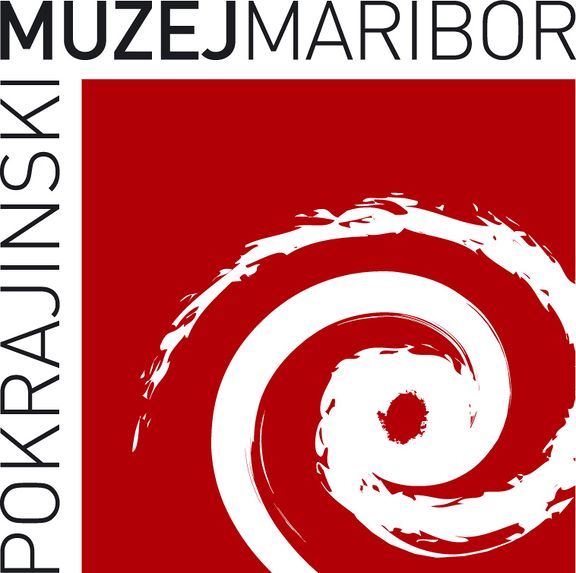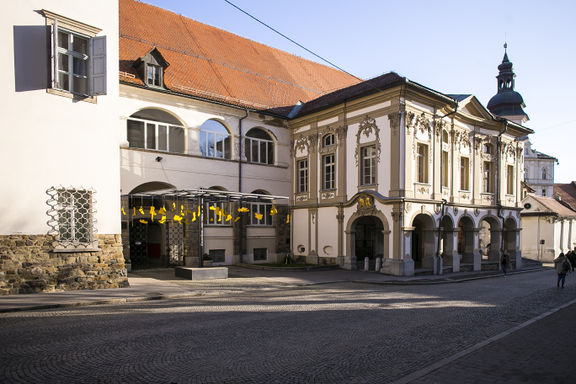Difference between revisions of "Maribor Regional Museum"
m (Text replace - "ROBOT INFOBOX" to "ROBOT WRITING INFOBOX") |
m |
||
| Line 1: | Line 1: | ||
{{Article | {{Article | ||
| status = ROBOT WRITING INFOBOX TOPROOFREAD NIFERTIK! | | status = ROBOT WRITING INFOBOX TOPROOFREAD NIFERTIK! | ||
| − | | maintainer = | + | | maintainer = Janez Premk |
}} | }} | ||
{{Infobox | {{Infobox | ||
Revision as of 18:03, 18 December 2009
In 1938 the Museum was relocated to Maribor Castle, and in the same year a so-called 'burger section of the Maribor Regional Museum' was set up. This was followed in 1943 by the establishment of dedicated archaeological and ethnological collections, and in 1947 by the addition of several other special collections. In 1954 part of the Museum's art collection was transferred to Maribor Art Gallery, and in 1958 the National Liberation collection was transferred to the new Maribor National Liberation Museum. A pharmacy collection was added in 1957 and a costume collection - the only one of its kind in Slovenia - was established in 1965. From 1969 the latter also included military uniforms.
In addition to the permanent archaeological, ethnological and costume exhibitions, Maribor Regional Museum Slovenia presents the town's history from the earliest times, showcasing in a 174 square-metre exhibition room many precious artefacts, including the town insignia, the sword and sceptre of the town judge, town seals from the late 13th to the early 20th centuries, the keys of the town gates and a bag for keeping the town's keys dating from the 18th century. Local craft products manufactured from tin, ceramics, glass, brass and wrought iron are presented in an exhibition area of 120 square metres, with pride of place being given to a collection of glassware from the Pohorje glassworks, whose products were highly appreciated around Europe from the 17th century until 1909. A collection of sacred art presents painting and sculptures from the Gothic to the Baroque periods. A pharmacy collection is presented in a reconstruction of a pharmacist's dispensary. A permanent exhibition on domestic housing from medieval times until the 19th century presents the furnishing of the aristocracy and the middle classes, displayed partly within reconstructed interiors; the oldest preserved furniture items are Gothic chests from around 1500. An extensive lapidary collection occupies most of the courtyard and corridors and includes several monuments. There is also a Jewish tombstone dating from the 15th century, before Maribor's once sizeable Jewish community was banished in 1497.
The Museum also incorporates two temporary exhibition spaces (entrance from Trg svobode) in which minor museum exhibitions are staged.
Maribor Regional Museum runs the following satellite:




